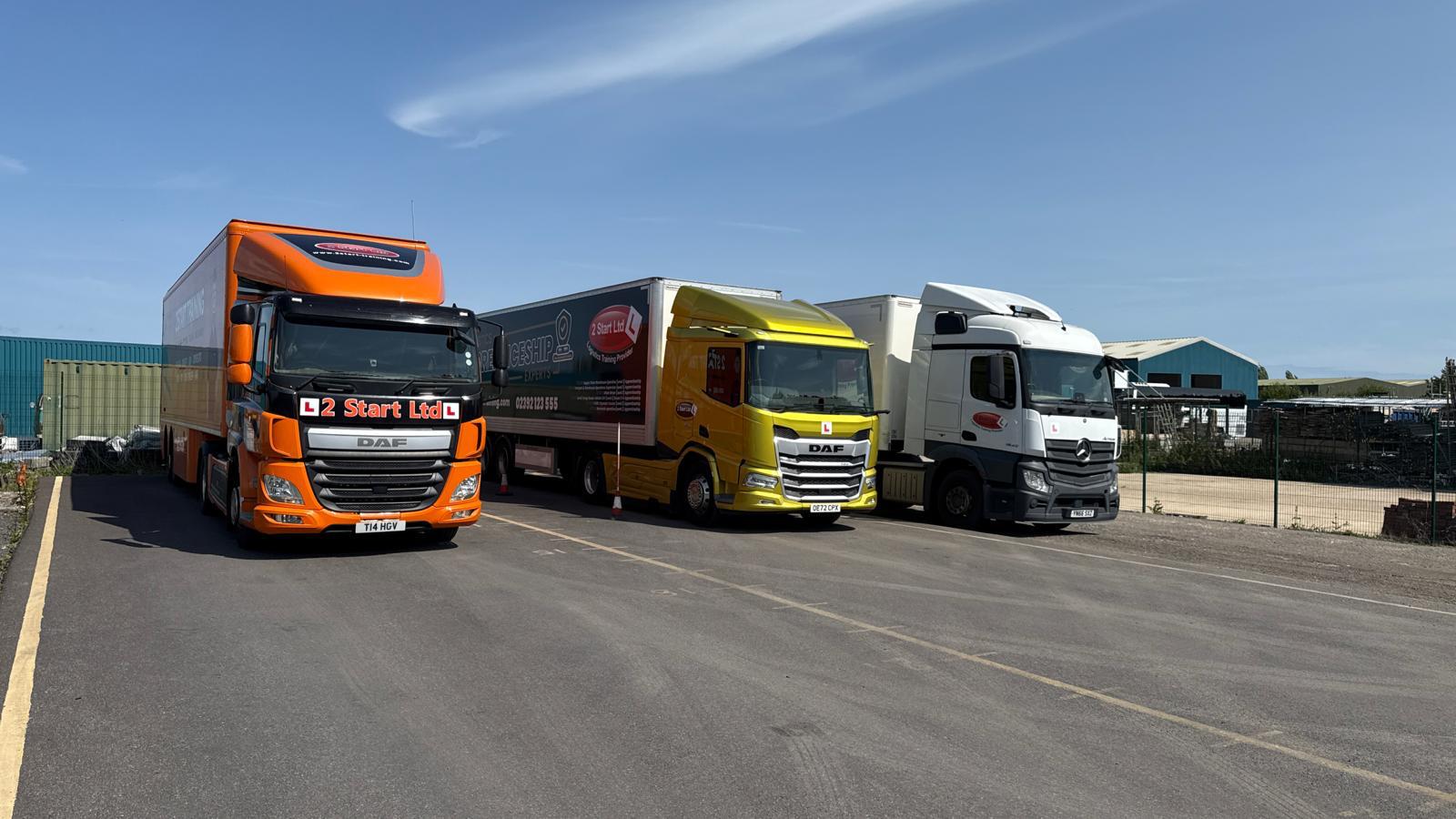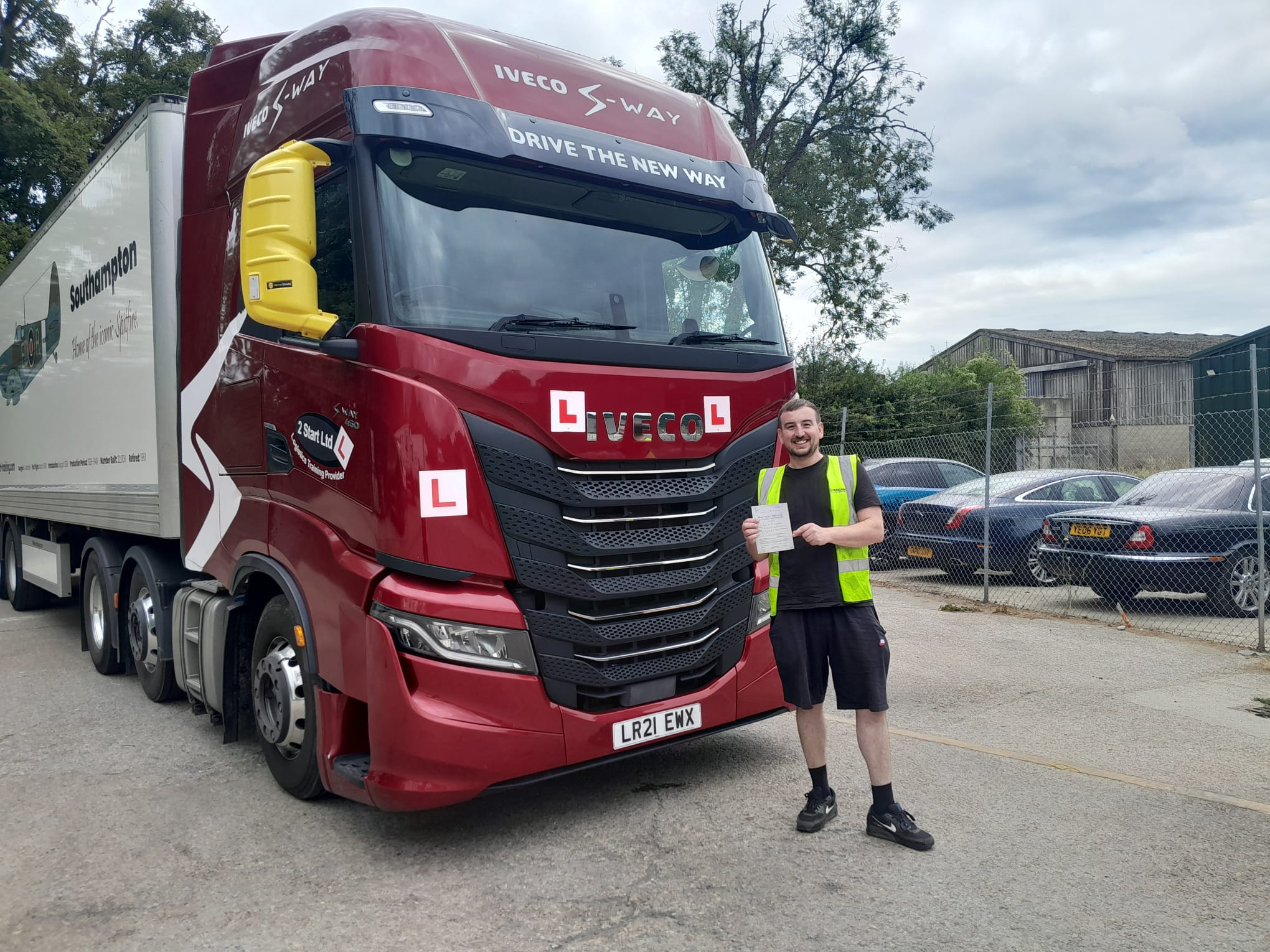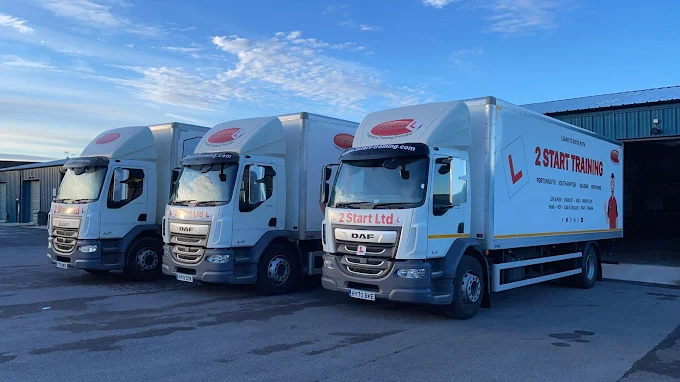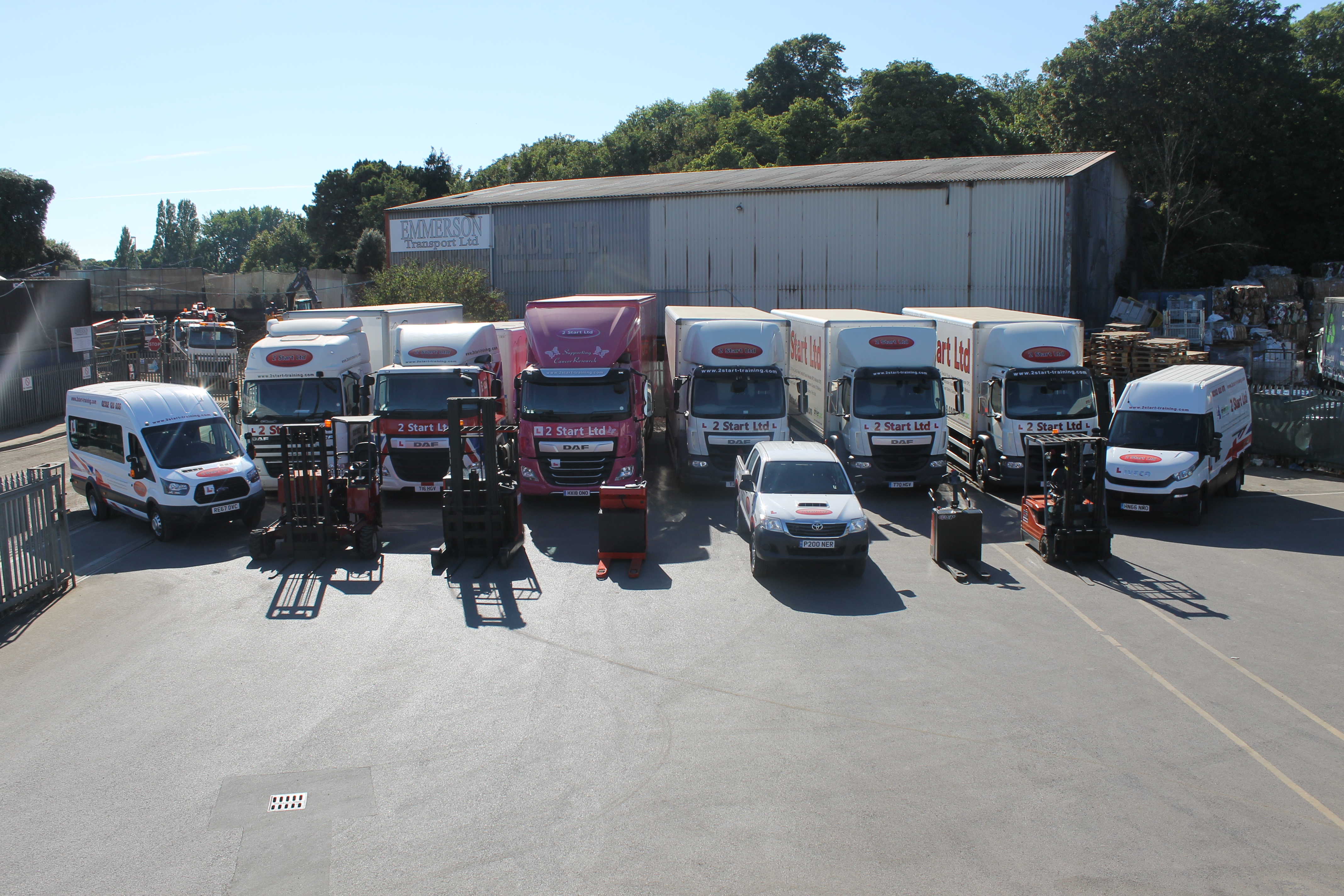If you’re starting your journey in the logistics industry, one of the first questions you might have is: what’s the difference between HGV Class 1 and Class 2?
These two categories define the size and type of heavy goods vehicle (HGV) you can legally drive and choosing the right one can shape your career path.
HGV licence categories explained?
Before we look at the differences, it’s important to understand the official terminology:
- Class 1 is now officially known as Category C+E.
- Class 2 is now officially known as Category C.
Both require a full UK car licence (Category B) before you can start training.



What is HGV class 2?
Your class 2 training qualifies you to drive large rigid vehicles over 3,500kg MAM with a fixed fab and trailer of up to 750kg. These are typically your rigid lorries, tipper trucks, or fire engines.
Often, Category C training is the starting point for new drivers. The courses themselves are often shorter and slightly cheaper to train for, and the manoeuvres tend to be more similar to those in a car. Completing your Class 2 training can also open the door for many local and regional driving jobs.
What is HGV class 1?
Your class 1 training qualifies you to drive articulated lorries (artics) with a gross vehicle weight of more than 3500kg and a detachable trailer weighing over 750kg. Often these are your long haul articulated HGVs, supermarket delivery lorries, or tankers.
Some people may choose a fast-track course and go straight from car to Cat C+E, while others may complete their Category C training first. By completing your class 1, you open the door to higher earning potential, due to the access to longer distances and even international work.
However often your Class 1 would require more training hours as it’s quite a skill moving a vehicle with a trailer that also moves independently.
What are the key differences?
| Features | Class 2 (Cat C) | Class 1 (Cat C+E) |
| Vehicle Type | Rigid Lorry | Artic Lorry |
| Trailer Size | Up to 750kg | Over 750kg |
| Typical Route | Local & Regional | Long-haul & International |
| Training Cost + Time | Lower | Higher |
| Career | Entry-Level | More Advanced |
Which should you choose?
If you’re completely new to HGV driving, starting with Class 2 can be a great way to gain experience before upgrading to Class 1. However, if you’re confident and want to go straight to the top, you can train directly for Class 1 through an HGV Fast Track course.
Here at 2 Start, we offer a range of HGV training where you can pick the correct amount of training hours for your ability and the right package for your needs, whether you need your medical assessment booked on your behalf or CPC included, etc. With 6 depots across the south coast, whether you’re starting from scratch or looking to upgrade, our experienced instructors will help you pass with confidence.











